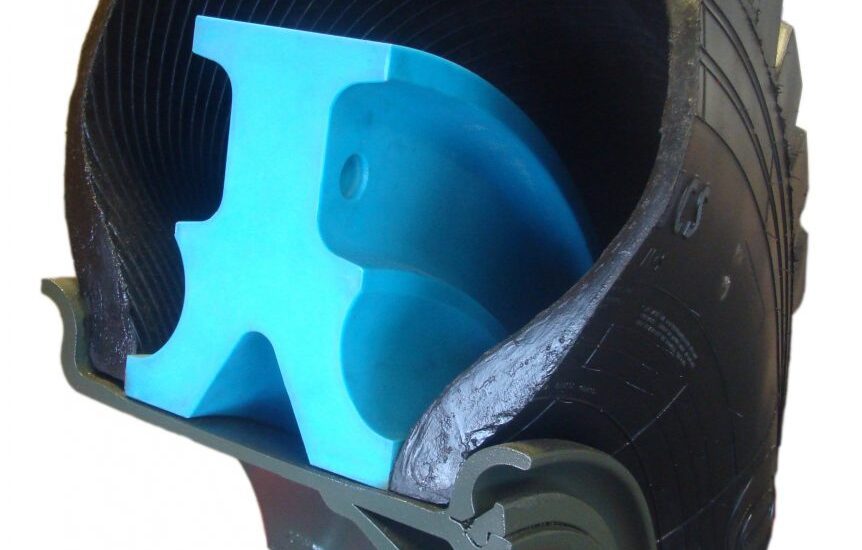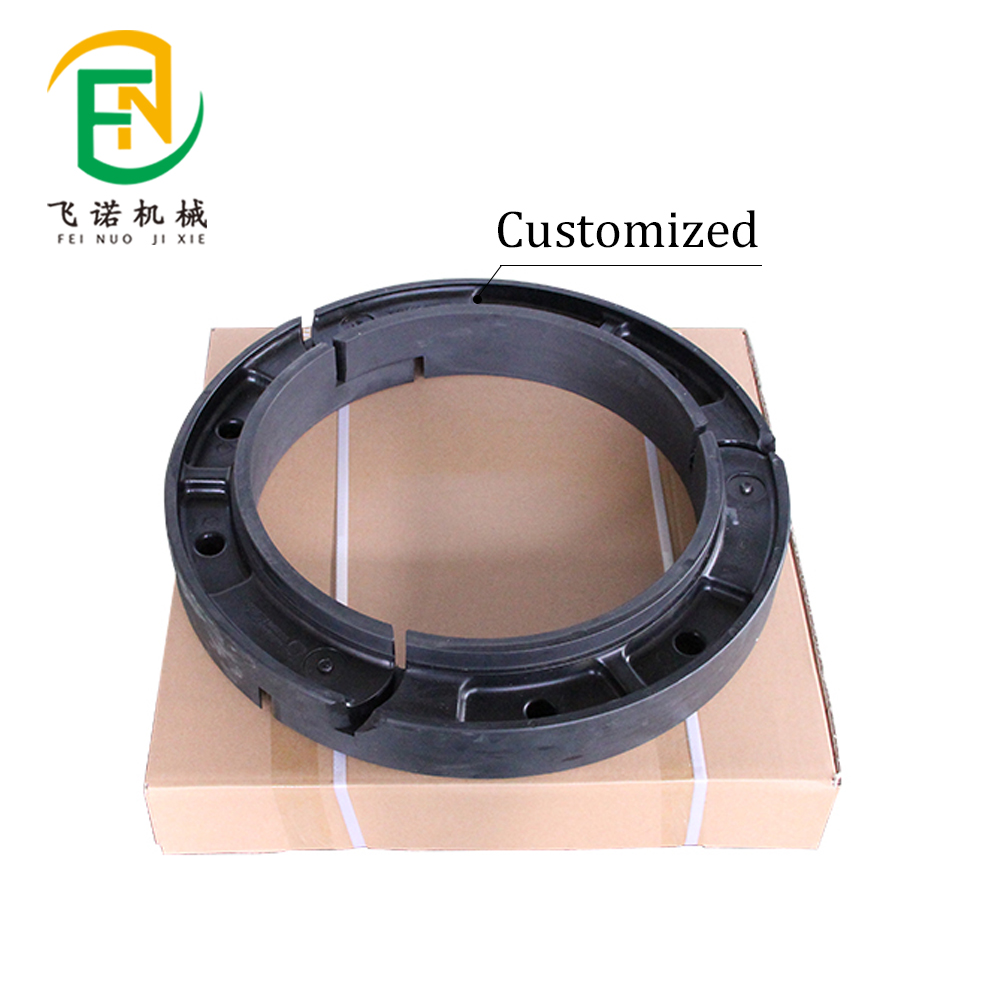- May 16, 2025
- Posted by: feinuojixie
- Category: Injection Molding News


A tire blowout is one of the most sudden and dangerous challenges a driver can face on the road. Whether you’re cruising on the highway or navigating rugged terrain, losing air pressure in a tire instantly compromises stability, steering, and safety. In those crucial moments, the ability to maintain control can mean the difference between a close call and a catastrophe. That’s where the power of a run flat insert comes in. Unlike traditional tires that leave you stranded after a puncture, this innovative technology gives you the upper hand—letting you keep driving, stay calm, and reach your destination or help without the chaos of a roadside emergency.
What Is a Run Flat Insert and How Does It Work?
A run flat insert is a reinforced support ring that is installed inside a standard tire. Unlike traditional run flat tires, which are designed with stiffened sidewalls, this insert sits within the inner circumference of the tire and physically supports the vehicle’s weight if air pressure is lost. In the event of a blowout or puncture, the tire may deflate, but the insert keeps the wheel elevated off the rim, allowing the driver to continue moving—often for up to 50 miles or more, depending on speed and terrain. It’s a mechanical safeguard that transforms a sudden failure into a manageable situation.


The Real-World Benefits of Using a Run Flat Insert
The most immediate benefit of a run flat insert is peace of mind. When a tire loses pressure, control is often the first thing to go—but with an insert in place, the vehicle remains stable. Drivers can steer, brake, and maneuver with far greater confidence than they would on a flat tire. For those driving through remote areas or high-risk zones, this continued mobility can be crucial. It eliminates the need to stop on the side of a busy highway or wait for roadside assistance in unsafe locations. Plus, the extended travel range after a blowout can protect the wheel itself from damage and save the cost of an expensive rim replacement.
Who Needs a Run Flat Insert the Most?
While anyone can benefit from the safety offered by a run flat insert, certain groups have a stronger case for making the investment. Off-road adventurers, for example, often face rough terrain where tire damage is common and help may be hours away. Military and law enforcement vehicles require maximum uptime and cannot afford to be immobilized due to a flat. Security vehicles transporting valuables or VIPs also rely on uninterrupted motion. Even long-distance drivers and families on road trips can find tremendous value in the added protection, especially in regions with poor mobile service or extreme weather conditions.
Run Flat Insert vs. Traditional Run Flat Tire: What’s the Difference?
It’s important to understand how a run flat insert compares to a traditional run flat tire. The latter relies on reinforced sidewalls to support the vehicle after deflation, but these tires can ride rougher and often require replacement instead of repair. They may also be limited in availability and cost significantly more. In contrast, a run flat insert can be used with standard off-the-shelf tires and can often be re-used even after a blowout. The modularity and durability of the insert make it especially popular in demanding environments, where long-term reliability is critical.
Key Materials and Technology Behind a Run Flat Insert
The effectiveness of a run flat insert depends heavily on the materials and design. Most are made from high-density polymers or reinforced rubber compounds that can endure high heat, pressure, and impact. Some premium models are developed with military-grade specifications to handle extreme load conditions and extended run times. The insert’s shape is carefully engineered to balance support with flexibility, minimizing ride discomfort while maximizing stability. Advanced models may also include features that reduce friction and heat buildup, helping to extend both tire and insert life.
Installation and Maintenance Tips for a Run Flat Insert
Installing a run flat insert requires specialized tools and knowledge, so it’s best handled by professionals. The process involves partially dismounting the tire, fitting the insert securely around the wheel, and resealing the tire. Proper balance and alignment are crucial for performance. Once installed, maintenance is minimal, but regular tire inspections are still essential. Drivers should ensure that the insert hasn’t shifted or been compromised after heavy impacts or long-distance travel. Partnering with a reputable installer ensures the insert functions as intended when it’s needed most.
Limitations and Considerations Before You Invest
As with any safety upgrade, there are trade-offs to consider before purchasing a run flat insert. The added weight can slightly impact fuel efficiency and vehicle dynamics. Some inserts are only compatible with certain tire sizes or wheel types, so it’s important to check specifications before buying. Additionally, while the insert offers continued mobility, speed limits after a blowout should still be observed—typically no more than 50 mph. For some users, the upfront cost may seem high, but it’s a small price to pay for the assurance of control in an emergency.


Why a Run Flat Insert Is Becoming a Must-Have in Modern Mobility
In an age where both urban and remote driving conditions present unique risks, more drivers are turning to technology that enhances safety and self-reliance. A run flat insert fits perfectly into this landscape, offering a dependable solution that keeps vehicles moving even after tire failure. As electric vehicles, off-road trucks, and armored transport all gain popularity, demand for versatile safety enhancements continues to grow. Whether it’s protecting cargo, passengers, or peace of mind, this innovation is becoming less of an option and more of a necessity.
Control Isn’t Optional—It’s Essential
A tire blowout doesn’t have to spell disaster. With a run flat insert in place, drivers can turn a potentially dangerous moment into a manageable one. From off-road explorers to highway commuters, this technology empowers users to keep moving forward—safely, confidently, and in control. In the world of modern mobility, where every second counts and safety is non-negotiable, staying in control isn’t just a preference—it’s a priority. And the run flat insert makes that possible.
